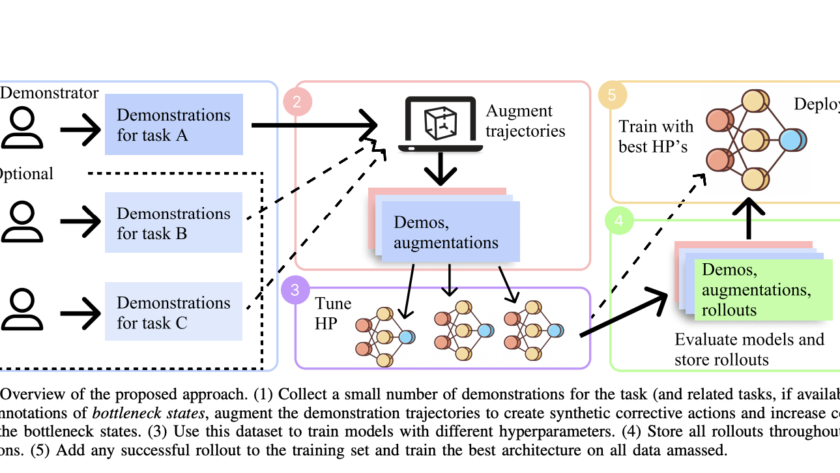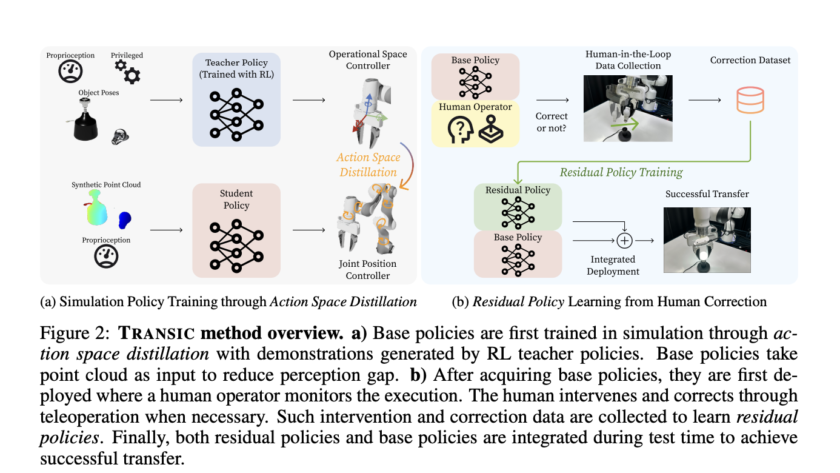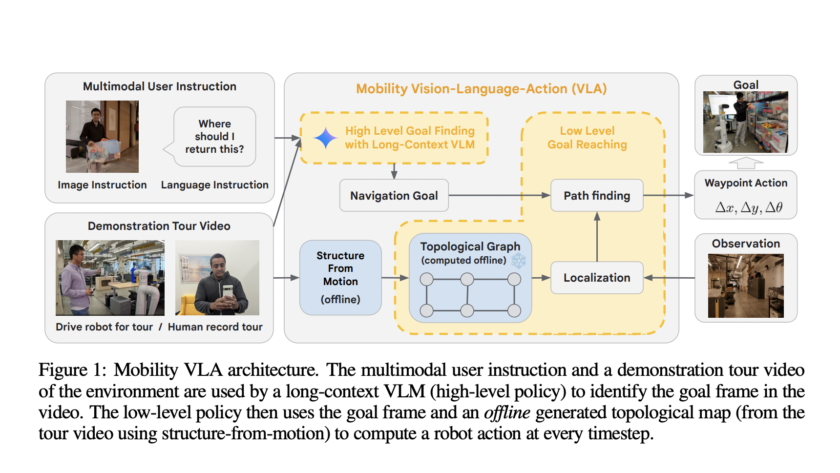In the rapidly evolving field of household robotics, a significant challenge has emerged in executing personalized organizational tasks, such as arranging groceries in a refrigerator. These tasks require robots to balance user preferences with physical constraints while avoiding collisions and maintaining stability. While Large Language Models (LLMs) enable natural language communication of user preferences, this…











